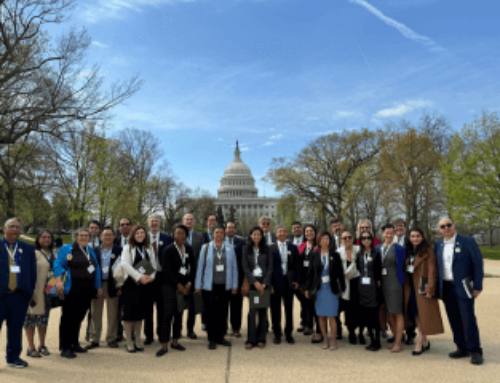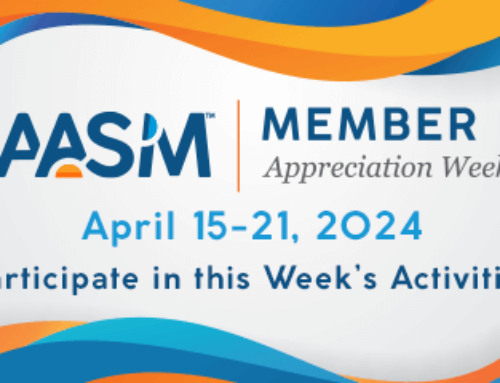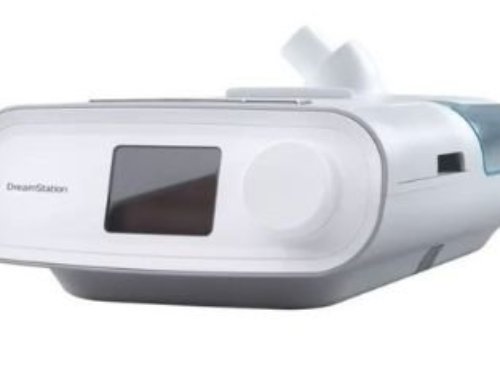The AASM collaborated with the American Academy of Neurology (AAN), American College of Chest Physicians (CHEST), and the American Thoracic Society (ATS) to provide comments to the American Medical Association (AMA) expressing our disagreement with the decreased work RVUs for the three home sleep apnea test (HSAT) codes proposed by the Centers for Medicare & Medicaid Services (CMS) in the 2019 Medicare Physician Fee Schedule Proposed Rule.
The RUC provided recommendations to CMS, based on 2017 survey data, presented by the four organizations, but CMS ultimately determines the final value of the work RVUs. After reviewing the RUC recommendations, CMS proposed the work RVUs included in the table below.
| CPT Code | Code descriptor | Current Work RVU | RUC Recommended Work RVU | CMS Proposed Work RVU |
|---|---|---|---|---|
| 95800 | Sleep study, unattended, simultaneous recording; heart rate, oxygen saturation, respiratory analysis (e.g., by airflow or peripheral arterial tone), and sleep time | 1.05 | 1.00 | 0.85 |
| 95801 | Sleep study, unattended, simultaneous recording; minimum heart rate, oxygen saturation, and respiratory analysis (e.g., by airflow or peripheral arterial tone) | 1.00 | 1.00 | 0.85 |
| 95806 | Sleep study, unattended, simultaneous recording of heart rate, oxygen saturation, respiratory airflow, and respiratory effort (e.g., thoracoabdominal movement) | 1.25 | 1.08 | 0.93 |
CMS highlighted the fact that they did not intend to imply that the decrease in time, as reflected by the survey values, should equate to a linear decrease in the valuation of work RVUs. However, the proposed rule suggests that a 5% reduction in the work RVUs for 95800 and 95801, and the 14% reduction in work RVUs for 95806, recommended by the RUC, were insufficient based on the amount that surveyed work times decreased. In response, the AASM, AAN, CHEST, and ATS provided a more detailed account of the RUC survey results and emphasized the importance of basing work relative value units (RVUs) on empirical evidence that is gathered through the survey process, which takes into consideration the amount of time required to provide a service as well as the complexity/intensity of each service.
The joint response to the AMA also emphasized how the RUC developed their RVU recommendations for the HSAT codes by comparing them to reference codes which are similar to the three sleep codes and include similar components (95805, 95907, 95819). However, CMS based the majority of the rationale for their proposed work RVU recommendations on two different crosswalk codes, 93281 and 93260, which are cardiovascular implantable recording device codes. In the comments shared with the AMA, it was stressed that these two codes are not at all similar to the home sleep apnea test codes since they are not diagnostic studies.
In addition to the comments provided to the AMA for potential inclusion in the AMA response to the Proposed Rule, AASM will reiterate the importance of moving forward with the work RVUs proposed by the RUC, in the AASM Proposed Rule response letter.
Members are also strongly encouraged to submit comments in support of the RUC recommended work RVUs. All comments should be submitted to CMS by 5 p.m. Eastern on September 10.









